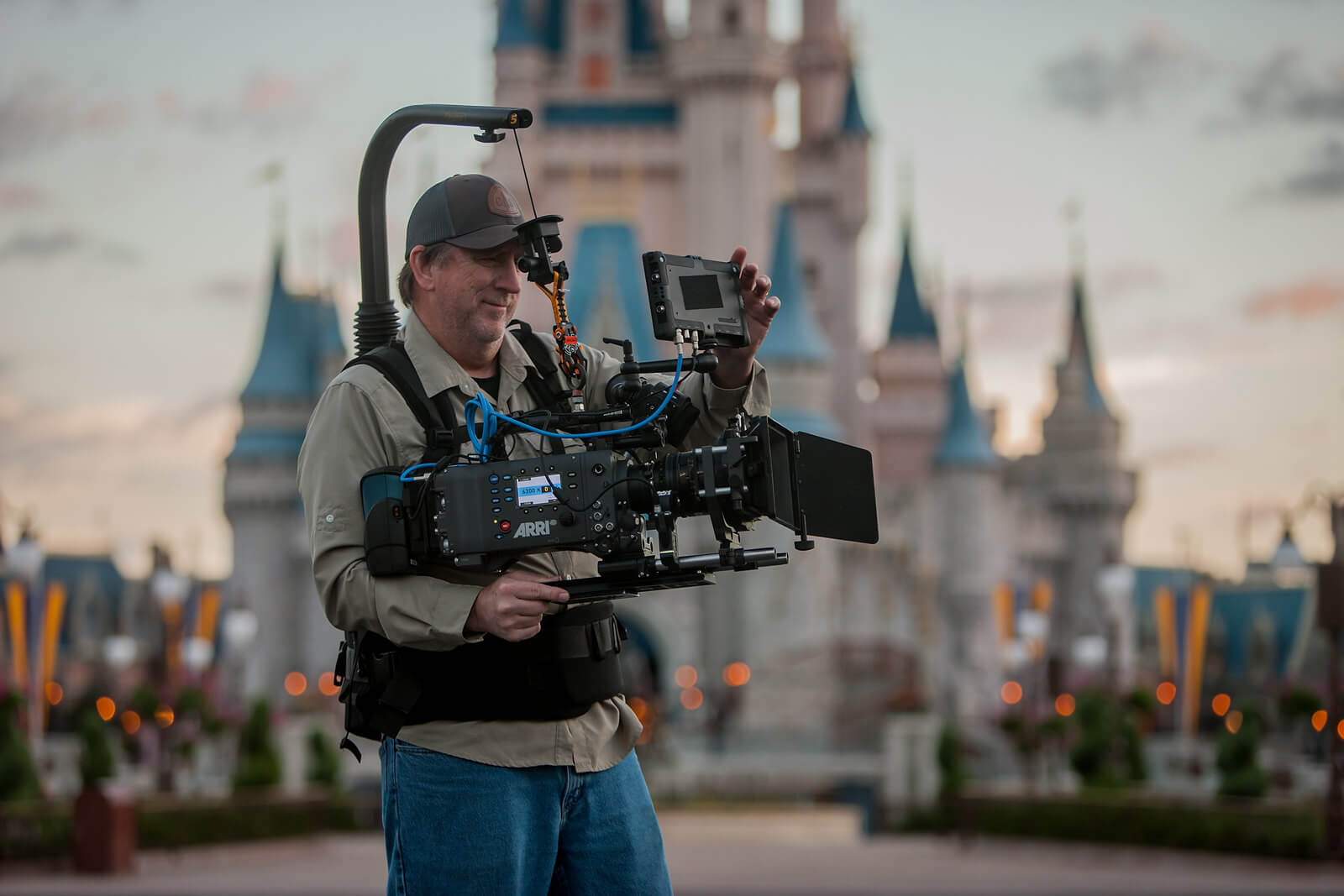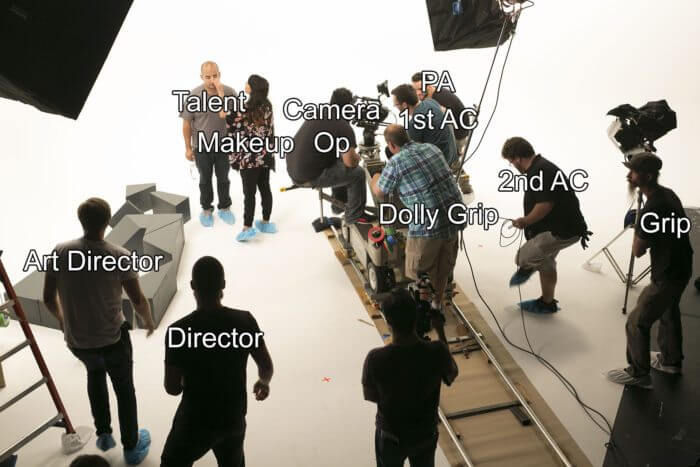Live video production is undergoing a groundbreaking transformation, thanks to a revolutionary innovation from NHK—Japan’s national broadcaster. Their new technology brings the once science-fiction concept of bullet time into the world of real-time video production.
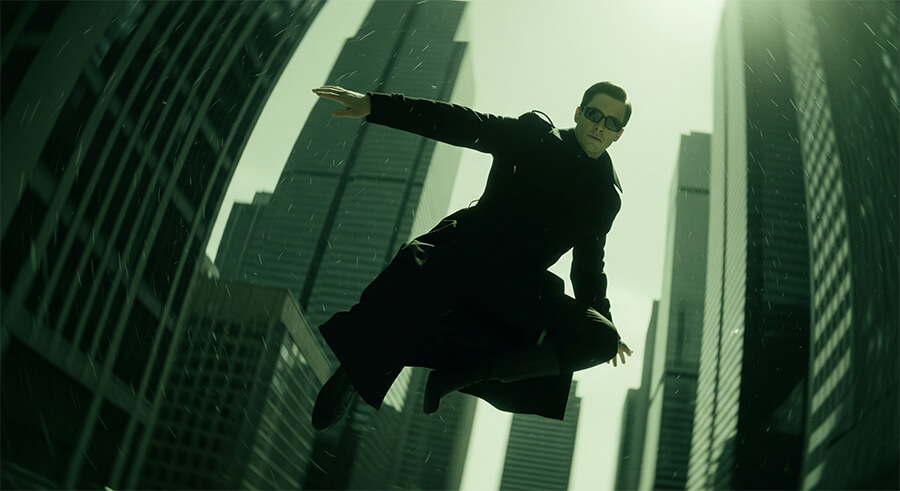
For context, 1999’s The Matrix changed the landscape of cinematography. Its signature bullet time sequences—where action appears frozen or slowed while the camera fluidly moves around the subject—became iconic. But until now, this effect was only achievable through complex, time-consuming post-production workflows.
Today, NHK’s breakthrough makes it possible to deliver this cinematic experience live.
What Is Bullet Time—and Why Has It Been So Hard to Use in Live Production?
Traditionally, creating bullet time required dozens of synchronized cameras, each capturing frames from different angles. Editors would then manually stitch these frames together to simulate motion around a frozen moment. The process was labor-intensive, expensive, and entirely unsuited for live video production.
As a result, bullet time became a staple of film and commercials—but remained out of reach for live sports, concerts, or real-time news coverage.
Until now.
NHK’s Robotic Camera System: A Game-Changer for Live Video Production
NHK has developed a state-of-the-art robotic camera array and intelligent software platform capable of creating bullet time sequences in under 60 seconds. This eliminates the need for post-production and brings dynamic, 360-degree visuals to live events.
Here’s how it works:
- Synchronized robotic cameras capture a moment from multiple angles.
- The footage is processed using advanced algorithms that generate a fluid bullet time sequence.
- The result? A high-quality cinematic shot ready for live broadcast, just moments after the action unfolds.
The system is designed to be portable, scalable, and operable by a small crew—key requirements for live event and field-based production.
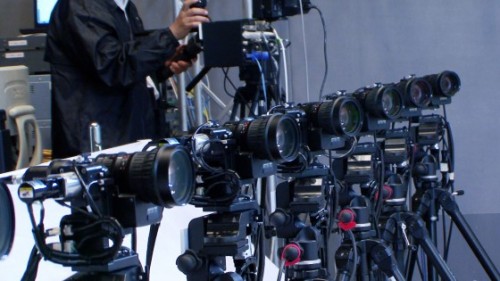
Read more: Inside a Sports Production Truck: NFL Live Broadcasts
What This Means for Video Production Companies and Streamers
This isn’t just a win for traditional broadcasters. Live stream production companies, YouTubers, TikTok creators, and Twitch streamers all stand to gain a serious competitive edge.
The ability to deliver dynamic, multi-angle replays in real time could:
- Boost audience retention
- Set your streams apart with Hollywood-level production value
- Open new storytelling formats for weddings, product launches, and corporate videos
Interactive broadcasting is another frontier. With future development, viewers could control camera angles during live replays, choosing their preferred view in real time. Combined with 5G and edge computing, these experiences will soon be fast, seamless, and scalable.
Why Skystorm Is Watching This Innovation Closely
At Skystorm, we constantly track emerging video production technologies that can elevate the services we provide. Our mobile HD video trucks already lead the way in live video production, but NHK’s bullet time system represents a leap forward.
The benefits are clear:
- Instant cinematic replays
- Minimal crew requirements
- Scalable integration into existing workflows
We’re already exploring how similar features might be implemented using current camera rigs and AI-assisted processing. From corporate video to branded content and immersive training media, the possibilities are endless.
This isn’t just about better shots—it’s about offering something live audiences have never seen before.
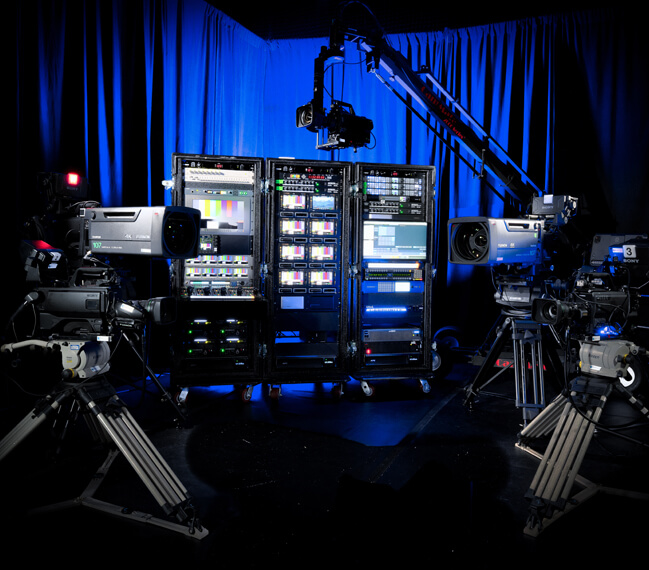
Read more: Orlando Video Production Studio | Skystorm In-House Studio Now Complete
The Future of Live Video Production Has Arrived
With NHK’s breakthrough, bullet time is no longer confined to big-budget films. It’s poised to become a staple of live video production, changing how we watch sports, attend virtual events, and experience digital storytelling.
Skystorm is excited about the future this technology enables—and ready to help clients take full advantage when it becomes commercially available.
Want to stay ahead in the evolving world of video production? Keep following Skystorm as we track innovations that redefine the live experience.
📍 Learn more about our Orlando video production studio
